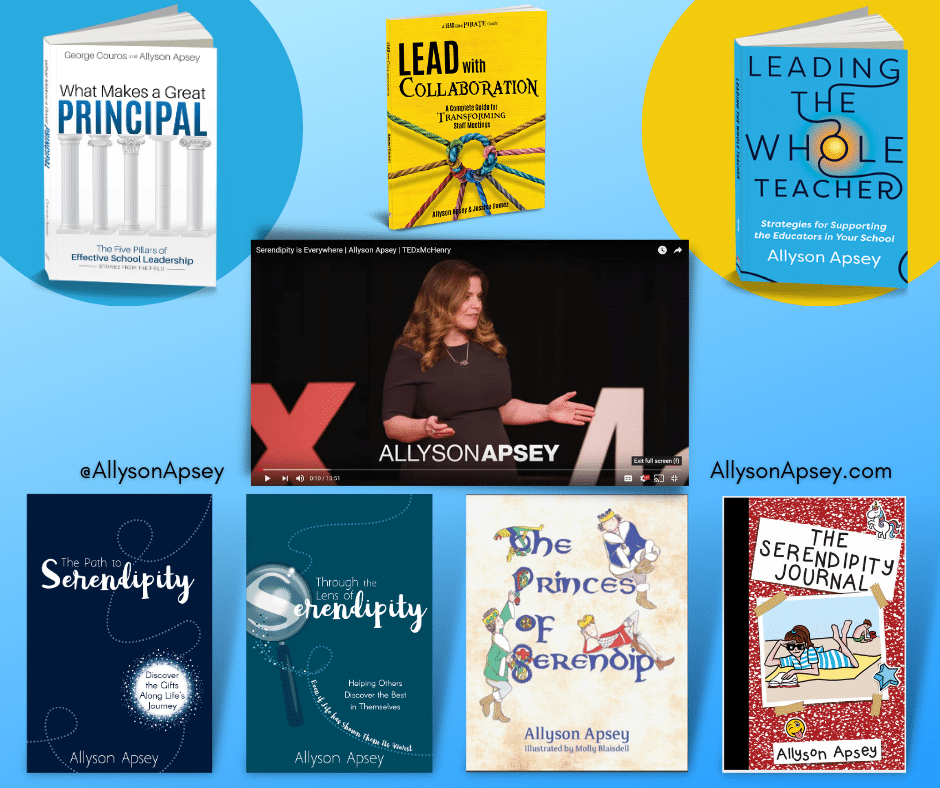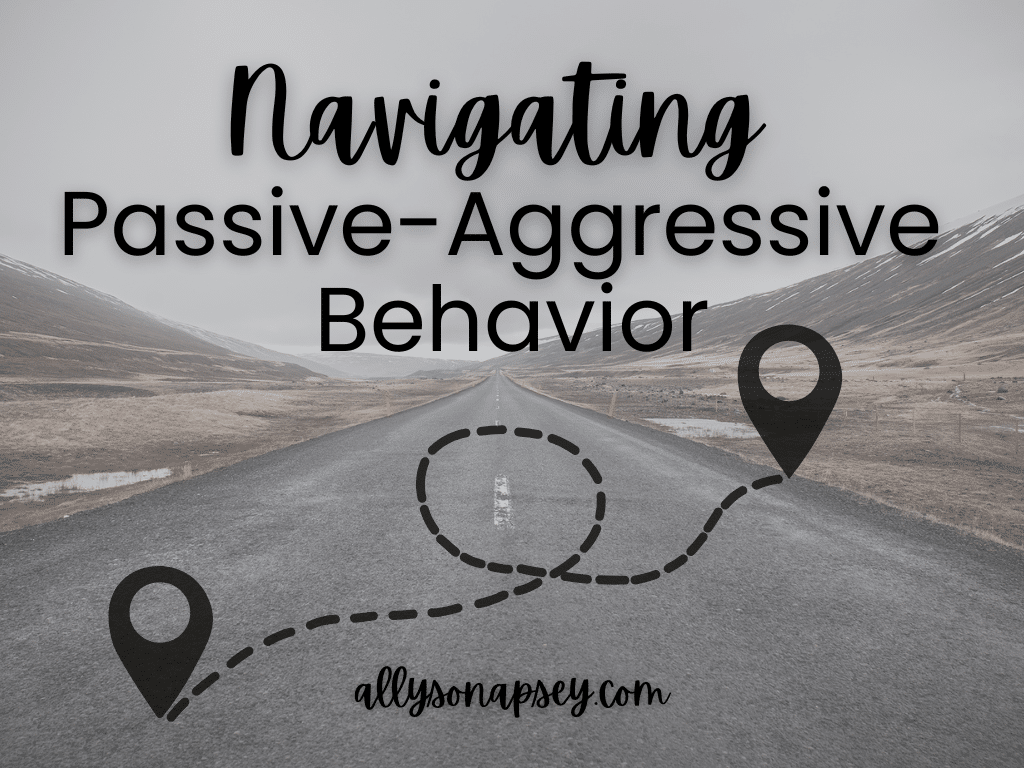I find it challenging to deal with passive-aggressive behavior. At its core, passive aggressiveness is when someone expresses negative emotions indirectly. When I was younger, it showed up as the silent treatment, being left out, or gossip. I can’t say I’ve never been passive-aggressive, but I’m usually someone who wants to talk things out right away—which has gotten me into trouble because sometimes the best time to work things out is after everyone’s cooled off.
Maybe it’s because I’m an Enneagram 7 and want life to always feel like a party, but I don’t like sitting in bad feelings. That’s what makes dealing with passive-aggressive behavior so hard for me. It feels like someone is silently stewing and sending a vague message meant to pull you into their discomfort, without actually talking about it.
As I got older and settled into my career, passive aggressiveness still affected me. I wish I could say the adult version looks vastly different than the kid version, but honestly, it doesn’t. Adults give the silent treatment through unread texts or calls sent straight to voicemail. They avoid people at work, gossip behind backs, or offer backhanded compliments. And let’s be honest, workplace email is full of passive-aggressive behavior. I’ve been guilty too.
Ever get an email accusing you of not doing something, and you spend hours digging through your inbox to prove you did do it? Then you reply with a screenshot of the proof and a line like, “Please let me know if the attached clears things up”? Same. In fact, a 2024 survey by Preply found that over 80% of people have received passive-aggressive emails at work—yet only 44% admit to sending them.1 Maybe that’s because people don’t understand what passive-aggressive behavior really is.
If you’re feeling negatively toward someone and trying to communicate that through indirect or subtle cues, that’s passive-aggressive behavior. But the opposite doesn’t have to mean being aggressive; it could mean being assertive. Assertiveness is expressing your feelings and needs clearly and respectfully. In a 2014 Psychology Today article, Signe Whitson L.S.W., C-SSWS gives examples of three different responses: passive-aggressive, aggressive, and assertive. She uses a husband/wife example2, which I very much related to. Let’s use her model and apply it to the workplace:
Situation:
Your school principal’s weekly update reminds staff to arrive on time, noting that meetings will start promptly from now on.
Passive-Aggressive Response:
Irritated by the reminder because you feel the start time has always been flexible, you begin arriving just a few minutes late on purpose. You also make comments like, “Guess we’re being timed now,” or “Hope my watch is synced with the principal’s,” to colleagues.
Aggressive Response:
Frustrated, you walk straight into the principal’s office and say sharply, “Are you seriously cracking down on start times now? We’ve never had a problem with this before. Are you trying to micromanage us? People are talking, and not in a good way.”
Assertive Response:
You feel frustrated after reading the update, but you pause before reacting. The next day, after considering your perspective, you ask to meet with the principal. In the meeting, you respectfully express your concerns about how the message came across and share how the timing of meetings has worked in the past. You offer ideas for how to support punctuality without creating tension.
These responses show just how differently the same situation can be interpreted and handled. Giving others the benefit of the doubt and approaching situations with honesty and clarity can reduce tension and even strengthen relationships. Over the years, I developed a strategy for navigating passive-aggressive behavior in a way that is aligned with who I am: I don’t speak the language of “passive-aggression”. I am an honest and authentic person who believes what other people say. If you tell me you like my outfit, I don’t wonder what you really mean. I believe that you like my outfit. If you walk by me without saying anything, it must be because you didn’t see me or are preoccupied with something else. Life’s too short for guessing games. If something’s bothering you, I trust you’ll talk to me. And if I’ve upset you without realizing it, I hope you’ll give me the chance to make it right. Because here’s the truth: most of the time, people aren’t thinking about us at all. Not because they don’t care, but because they’re busy being human, just like we are.
It wasn’t until after reading Mel Robbins’ book, The Let Them Theory that I understood exactly what I was doing with my approach.3 I was simply letting them be passive-aggressive. And, as Mel teaches us, I was following that with the most important part of the “Let Them Theory”, I was letting me continue to live within my values of being upfront and honest.
So, what do we do when we’re met with passive-aggressive behavior? We can dwell on it. We can try to read between the lines. We can retaliate.
Or we can choose something better.
We can choose to believe the best in others until they give us a reason not to. Even if they give us a reason not to. We can choose to stay rooted in honesty, kindness, and clarity. We can let people be who they are and still decide who we want to be.
When I read Mel Robbins’ The Let Them Theory, it put words to something I had been learning the hard way: I don’t have to join the game. I don’t have to decode silence or sarcasm. I don’t have to take on feelings that aren’t mine. Instead, I can let them. Let them be unclear. Let them send the vague email. Let them walk by without saying hello.
And while they’re doing that? I’ll keep trying to live within my values and get better every day. I try to lead with honesty. I am someone who believes in grace. Someone who would rather build connections than barriers, even when it’s hard. Because in a world full of hints and half-truths, choosing to be clear, kind, and direct isn’t just rare, it’s courageous. And it’s the kind of courage our organizations, our schools, our teams, and our hearts need more of.
- https://preply.com/en/blog/passive-aggressive-workplace-emails/ ↩︎
- https://www.psychologytoday.com/us/blog/passive-aggressive-diaries/201406/passive-aggressive-vs-assertive-behavior-in-relationships ↩︎
- https://www.melrobbins.com/podcasts/episode-70?gad_source=1&gclid=Cj0KCQjwhYS_BhD2ARIsAJTMMQaSXjgnNeH7yehx2uwbU2sBfDnj1-vHemEk0dfssjW_olC_rGiE460aAlW9EALw_wcB ↩︎

Living life with a “Serendipity Mindset” does not mean pretending that everything is a happy accident. It means knowing that everything we go through, from our highest of highs to our lowest of lows, offers us beautiful gifts–IF we look for them. You can check out all of my books by clicking HERE. Each book is filled with inspiration and strategies to help us discover the gifts along life’s journey. Contact me at allysonapsey@gmail.com if you’d like to bring me to your organization or event.
